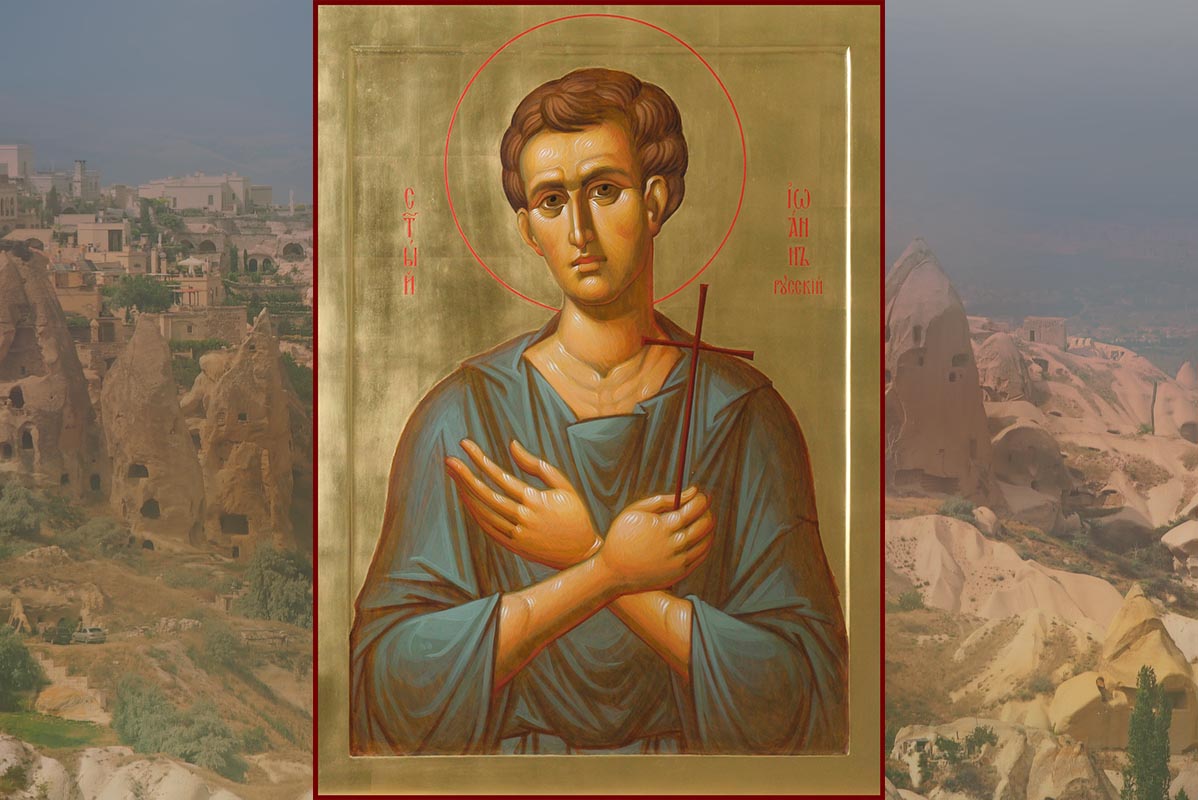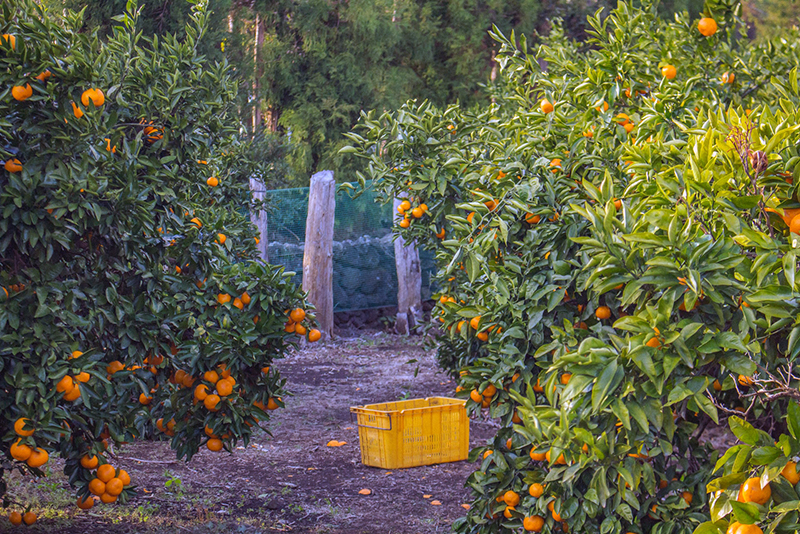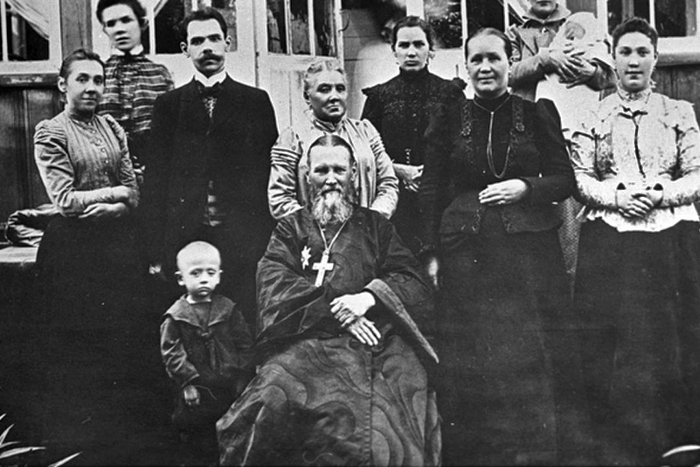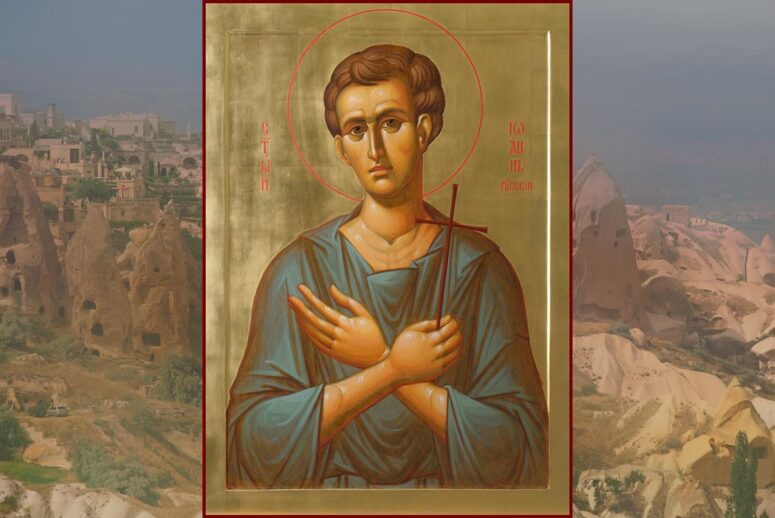
St John of Russia is revered in Orthodox Greece no less widely than St Nicholas the Wonderworker and the Venerable Seraphim of Sarov are in Russia. The relics of the saint currently rest on the Greek island of Euboea, although the main part of his life passed in slavery in the Turkish city of Prokopion, today’s Urgup in the Cappadocia region. Surprisingly, the stable which once became the place of St John’s abode and his prayer feat has survived to this day as well as the cave church opposite.
Local Turkish ethnographers do not know much about St John (here he is called “Aziz Johannes”), but they can show you the house of master Aghi, where the righteous served as a slave, as well as the stable and the cave church of St. George, where his relics were initially kept. All that is located in the historical district of Kayakapi, on a mountain towering in the middle of Urgup. Kayakapi (translated from Turkish as “rock with doors”) is dotted with holes formed by windows and doorways of what used to be cave dwellings.
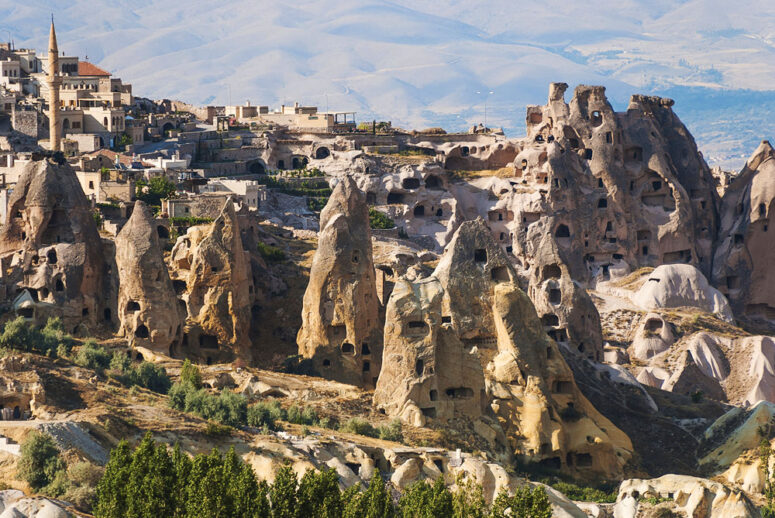
People lived in the Kayakapi caves for about 3 thousand years until the mayor’s office declared them dilapidated in the early 1980s resulting in the eviction of all residents. Since then, Kayakapi became depopulated and continued to collapse. In the 2000s, a large company took on the task of restoring and preserving the local cultural heritage, with plans to open a museum on the mountain and counting on pilgrims visiting it. A first-class hotel is already functioning at the very top of the mountain.
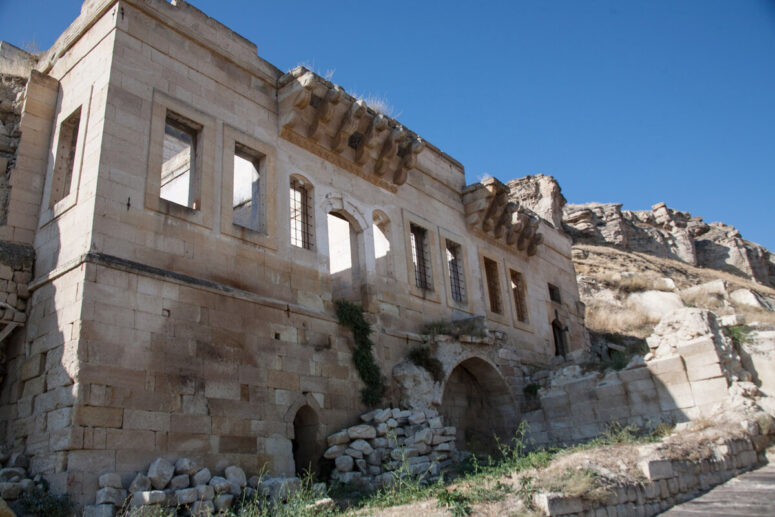
Almost all of the owners’ chambers in the house of Agha, who bought the captured John at the slave market, have turned into ruins. At the same time, the basement floor occupied by the stable, where St John worked and prayed, is in great condition making the life of the saint arise in our minds in all clarity.
“It is there that he was exhausting his body with the discomfort of his ascetic life, not paying attention to adversities and the bothersome neighborship. At night, the stable was filled with St John’s prayers turning the smell of the manure into a spiritual fragrance.” – the saint’s hagiography says. Horses entered the stable via a long, sloping ramp, while goats and sheep got in and out of it through a narrow, winding tunnel. Large niches along the walls served as hay racks for the horses. John’s responsibilities included filling them with grain and hay as well as keeping the animals tied by the loops attached to the walls.
“Nestling in the corner there, John stretched out his weary body and rested, thanking God for blessing him with a manger that the saint used as a bed, just as He Himself had chosen the manger as the place of His birth in the flesh.” John’s bed is really located in the far corner of the cave. A small step extending from one of its sides, apparently, served as a pillow. Today this place is filled with icons, candles and lamps brought by pilgrims.
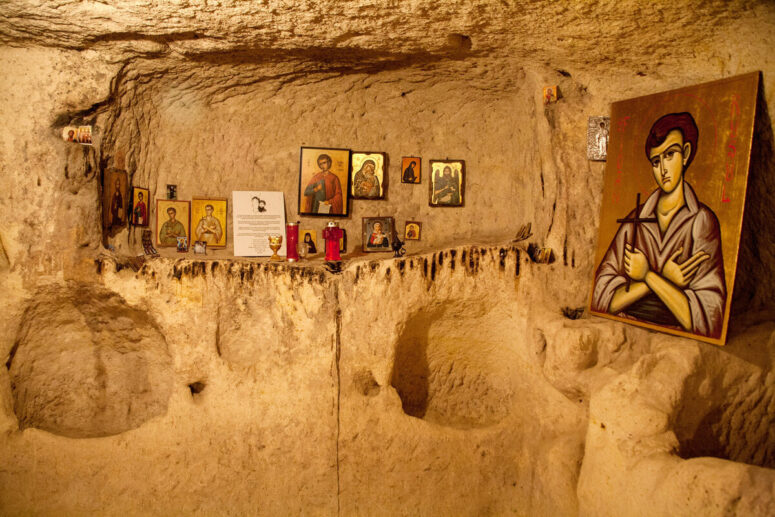
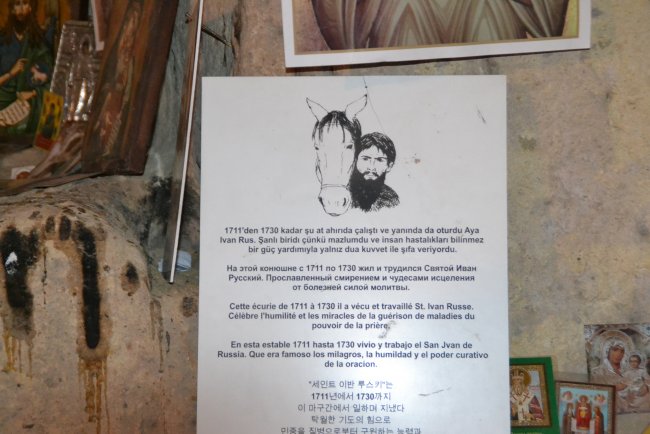
“Blessed John spent hours praying on his knees. He quietly read to himself the psalms of David, which he knew by heart in his native Church Slavonic”. In the opposite corner from the bed there is a small niche. Evidently it served as a prayer corner for the saint. A person of average build would have to be on his or her knees to fit inside there.
“At night, he would secretly come to the cave church of St. George, located on the top of a cliff, opposite his master’s house. There, on the porch, he would kneel down to recite the prayers of the all-night vigil preparing himself for the Holy Mysteries of Christ that he partook of every Saturday.”
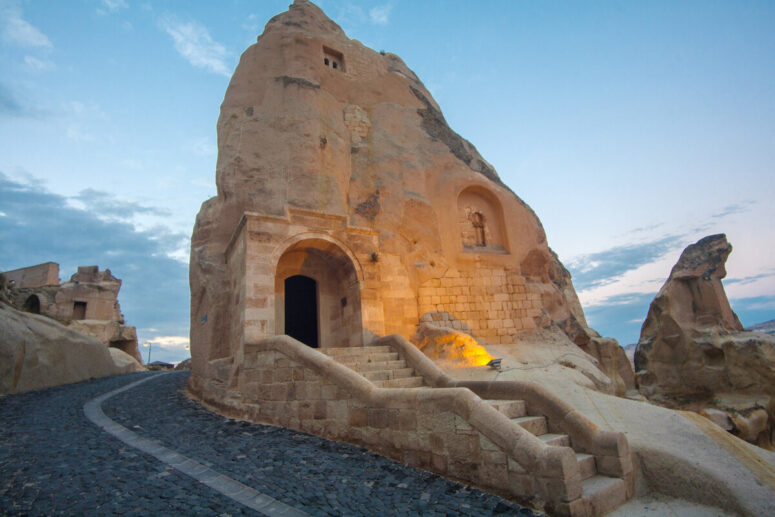
It took the restorers a year to renovate the walls of the cave temple. They say it used to shine through its holes like a sieve. Inside the temple a semicircular altar and flower ornaments carved in stone have survived. The niche, in which the relics of John lay had been kept, have also been preserved. With its only closed altar window, the temple appears very dark. Although the church is not active today, there are several icons along its walls. The acoustics are simply mesmerizing. One can only imagine how amazingly the church chants must have sounded here.
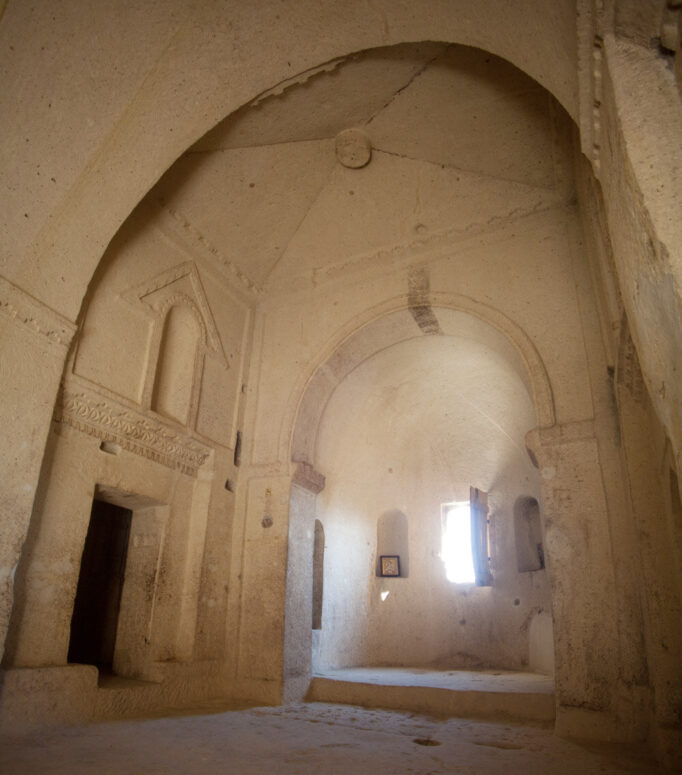

Since 1924, the relics of St John the Russian have been kept in the church built in his honor in the village named Neo-Prokopion located on the Euboea island in Greece. But admirers of John the Russian do not forget also the place of the saint’s feat and frequently visit Urgup. Agha’s house was inhabited until 1982, but the stable where John served had long ago become a special remembrance place and was no longer used for economic purposes. It is noteworthy that since the time of John the Russian, Urgup has become a place of residence for high-income people which can be perceived as a sign of the saint’s intercession.
The world knows many miracles performed through the prayers of St John and at his relics. He helps travellers, pregnant women, the sick, the poor and many many more. It is not only the Orthodox of Greece and Russia who fervently pray to St John the Russian. Even Turkish Muslims continue to honor him and ask him for help.
Photo: Alexey Makeev
Materials used: https://azbyka.ru/days/sv-ioann-russkij
https://zen.yandex.ru/media/id/5a2ee247482677487dbeb484/v-poiskah-ioanna-russkogo-5c18d64bb3662100ae1ddb3c

